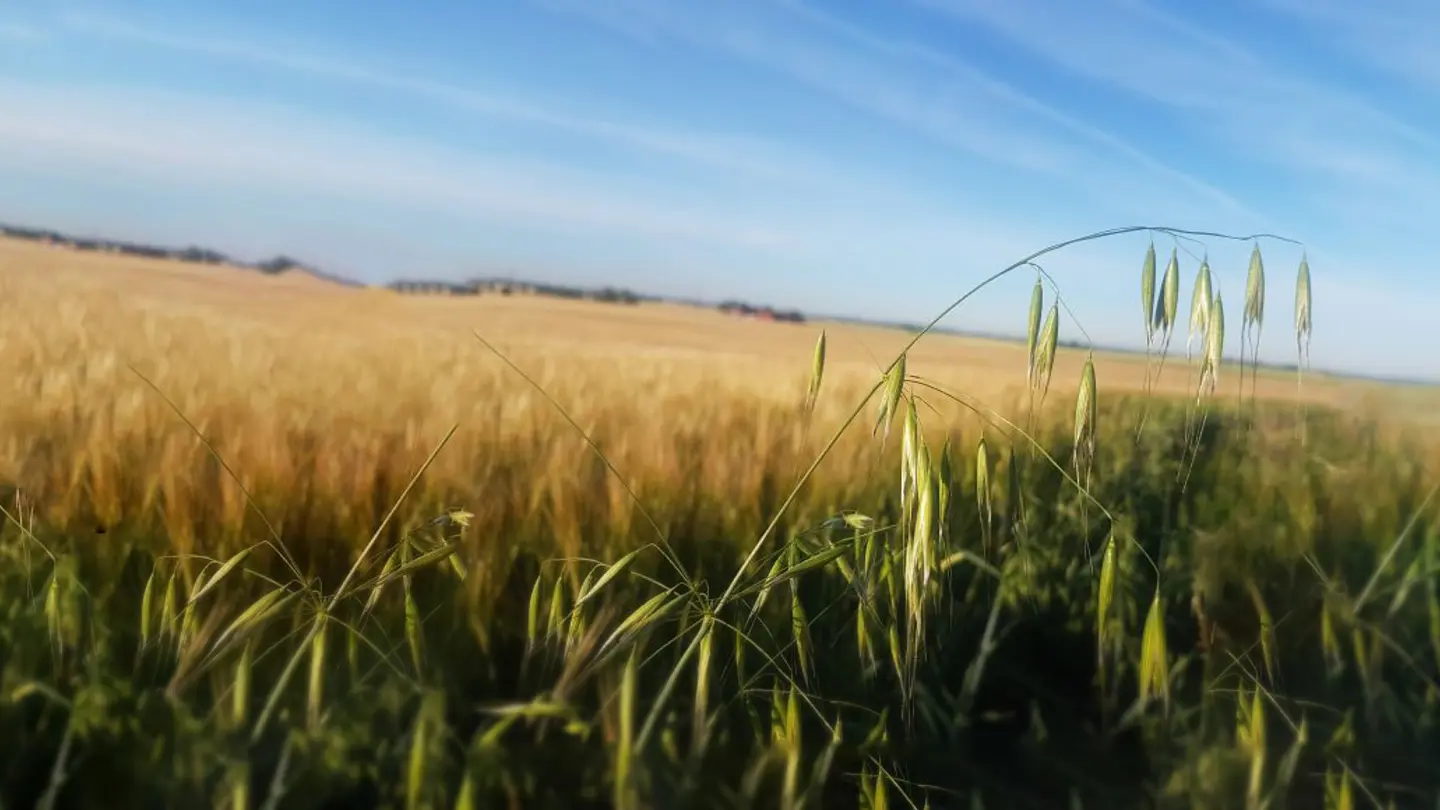
Wild oat
- Home
- Projects
- Crop Wild Relatives
- Plant portraits
- Wild oat
”But, listen, are you being serious? Do you really consider wild oat a crop wild relative?”
Well, the question marks can be well justified. Wild oat is, in fact, a regulated pest in all Nordic countries, except Iceland.
Text by Jens Weibull.
If not curbed at an early stage, it can easily increase in numbers and become a true problem. Not only as a competitor to other crops but because its existence triggers a number of restrictions on the farmer: observed plants MUST be removed, lorries transporting bulk harvests must be covered, information obligations are elicited, machinery needs to be cleaned including storage containers and silos. According to Danish law, you are not even allowed to sell bouquets of dry flowers containing wild oat. Feed or fodder for birds and game must not contain any seeds, organic fertilizers must be free from live seeds, and so on. Not to mention crops that are grown to produce certified seed. Our Nordic legislation is full of conditions and prescriptions as to what farmers, and others, need to do in case this unwanted guest suddenly shows up.
So why on earth do we even present it here?
Well, the truth is that all wild oat species, in fact, are crop wild relatives to cultivated oat. And this regardless of whether they are considered as pests or not. The genus Avena is distributed throughout South Europe, notably the South-western Mediterranean with Morocco being a centre of diversity. From there it is believed that the genus has spread eastwards and evolved into multiple species (Loskutov 2008). Another species, the bristle oat (A. strigosa Schreb.), is known to have occurred in both Sweden and Denmark, but has not been seen in modern times (Weibull et al. 2002). Bristle oat has historically been grown for animal feed in some parts of Europe, but that practice appears to be diminishing. While many Avena species have different genetic setups compared to cultivated oats (A. sativa L.), and therefore only hybridize with great difficulty, wild oat has the same number of chromosomes (2n=42) and can more easily be used as a source of traits. On the other hand, introducing genes from a wild species will inevitably bring along a number of unwanted genes as well, so the way forward is definitely not straightforward.

It is interesting to look at these “difficult” crop wild relatives from a general perspective. A handful of the taxa listed as Nordic priority crop wild relatives by Fitzgerald et al. (2018) do indeed have invasive properties, and are noted by some countries as tentative threats. Apart from wild oat, these include Festuca brevipila Tracey (hard fescue), Lactuca serriola L. (prickly lettuce), L. tatarica (L.) C. A. Mey. (blue lettuce) and Rubus armeniacus Focke (Himalayan blackberry). Should they really be considered priority crop wild relatives? After all, it is quite true that they may contain genes valuable for plant breeding. Prickly lettuce, for instance, has proven to be a highly interesting source of resistance against powdery mildew (Bremia lactucae) in lettuce. So, instead of putting a ban on them, maybe one way forward could simply be to apply a precautionary principle: acknowledge that they may serve as genetic resources, but that their use should have a very clear and pre-defined purpose?
This is a matter of principle: why not make your voice heard?
References
Fitzgerald et al. (2018) The Nordic priority crop wild relative gene pool and distribution dataset (link)
Loskutov, I. (2008) On the taxonomy of genus Avena
Weibull, J., Johansen Bojesen, L.L., Rašomavičius, V. (2002) Avena strigosa in Denmark and Lithuania: prospects for in situ conservation. Plant Genetic Resources Newsletter 131, 1-6. (link)


